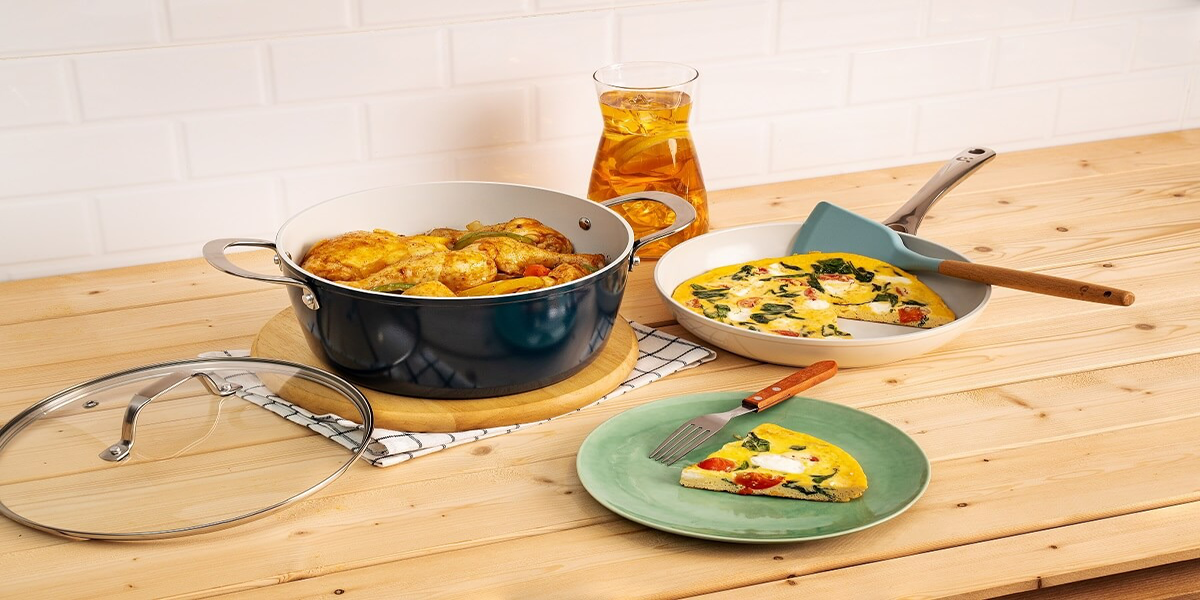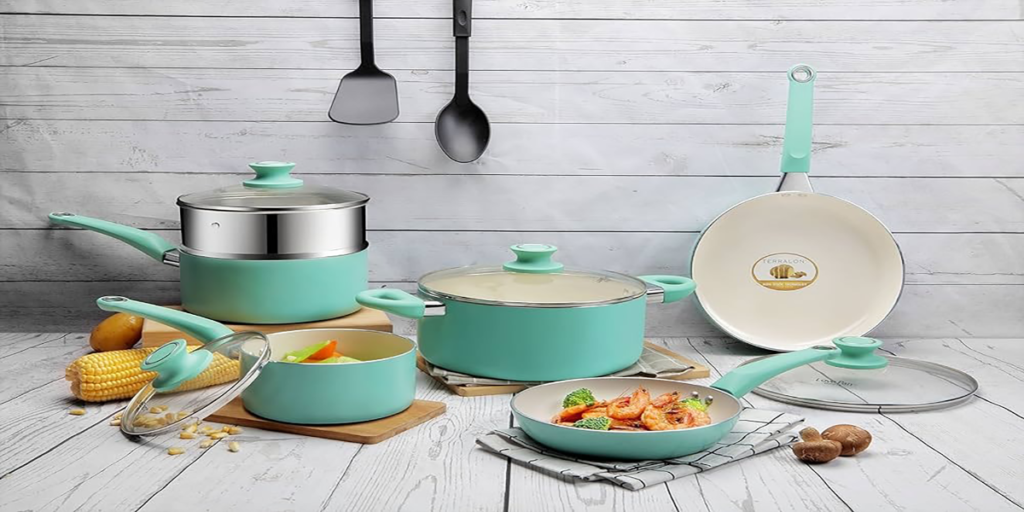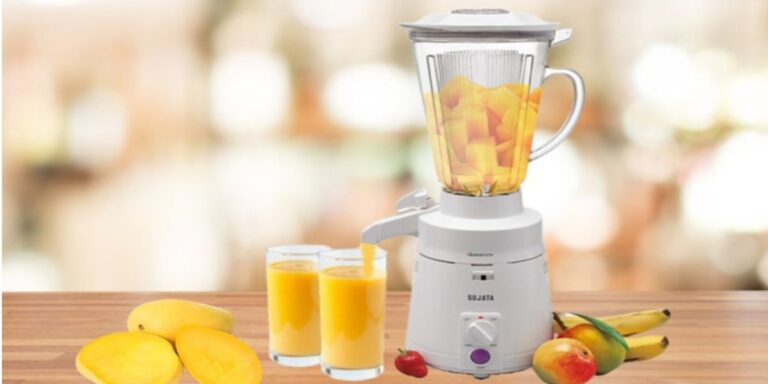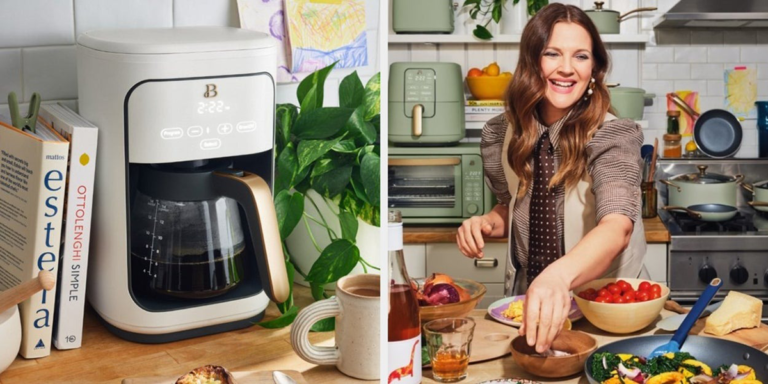Exploring the Benefits of Ceramic Cookware: A Healthier and Sustainable Choice
In recent years, ceramic cookware has gained popularity as a healthier and more environmentally friendly alternative to traditional non-stick pans. Made from natural materials and free from harmful chemicals, ceramic cookware offers a range of benefits that appeal to health-conscious consumers and eco-conscious individuals alike. Let’s delve into the advantages of incorporating ceramic cookware into your kitchen arsenal.
Non-Toxic Cooking Surface: One of the primary benefits of ceramic cookware is its non-toxic cooking surface. Unlike conventional non-stick pans that are coated with polytetrafluoroethylene (PTFE) or perfluorooctanoic acid (PFOA), ceramic cookware is free from these chemicals. This means that when heated, ceramic cookware does not release harmful fumes or toxins into your food, providing peace of mind for health-conscious cooks.
Even Heat Distribution: Ceramic cookware distributes heat evenly across the cooking surface, ensuring that food cooks uniformly without hot spots. This even heat distribution helps to prevent burning or uneven cooking, allowing you to achieve consistent results with your culinary creations. Whether you’re sautéing vegetables or searing meats, ceramic cookware provides reliable performance for a wide range of cooking techniques.
Easy to Clean: Ceramic cookware is known for its non-stick properties, making it easy to clean and maintain. Food residue slides off the smooth surface effortlessly, reducing the need for excessive scrubbing or soaking. Additionally, most ceramic cookware is dishwasher safe, further simplifying the cleaning process and saving you time and effort in the kitchen.
Versatility: Ceramic cookware is versatile and can be used for various cooking methods, including frying, sautéing, simmering, and baking. Whether you’re preparing breakfast, lunch, or dinner, ceramic pots and pans can handle a wide range of ingredients and recipes. From stovetop to oven, ceramic cookware seamlessly transitions between different cooking environments, allowing for greater flexibility in the kitchen.
Longevity and Durability: High-quality ceramic cookware is durable and built to last, resisting scratches, chips, and stains over time. Unlike traditional non-stick coatings that may degrade or wear off with use, ceramic cookware maintains its integrity for years with proper care. Investing in ceramic cookware can be a sustainable choice, as it reduces the need for frequent replacements and contributes to less waste in the long run.
Environmentally Friendly: Ceramic cookware is made from natural materials such as clay and sand, making it an eco-friendly option compared to petroleum-based non-stick coatings. Additionally, ceramic cookware is often manufactured using energy-efficient processes and without the use of harmful chemicals, further reducing its environmental impact. By choosing ceramic cookware, you can minimize your carbon footprint and support sustainable practices in the kitchen.
ceramic cookware offers a host of benefits that make it an attractive choice for health-conscious consumers and environmentally conscious individuals. With its non-toxic cooking surface, even heat distribution, ease of cleaning, versatility, durability, and eco-friendly properties, ceramic cookware is an excellent investment for home cooks looking to elevate their culinary experience while prioritizing health and sustainability.
Yes, ceramic cookware is generally considered safe for cooking. It is free from harmful chemicals such as PTFE and PFOA found in traditional non-stick coatings. However, it’s essential to follow manufacturer instructions, avoid overheating, and inspect for any cracks or damage to maintain its safety and integrity.
Ceramic cookware offers a non-toxic cooking surface without the use of chemicals like PTFE or PFOA found in traditional non-stick coatings, making it a healthier option. While ceramic provides excellent heat distribution and is generally easy to clean, it may not be as durable as some non-stick coatings, requiring careful handling to prevent scratching or chipping. Ultimately, the choice between ceramic and non-stick cookware depends on individual preferences for health, durability, and cooking performance.
Ceramic cookware is typically made from clay that is kiln-fired at high temperatures to create a ceramic material. This ceramic material is then coated with a non-stick glaze made from natural minerals like silicon and oxygen. Some ceramic cookware may also contain additional materials such as aluminum or stainless steel for added strength and conductivity.







